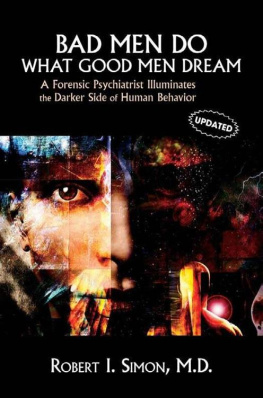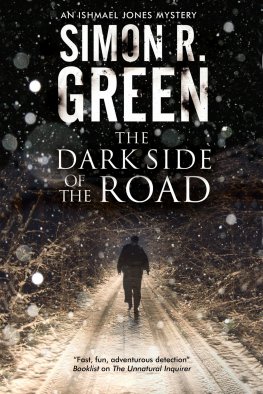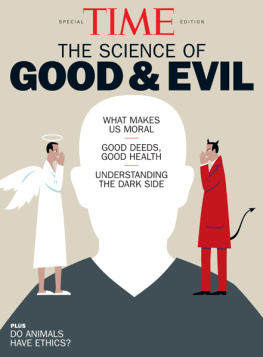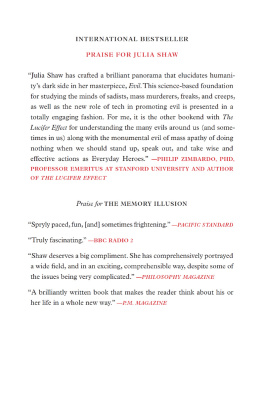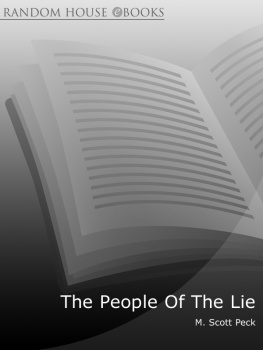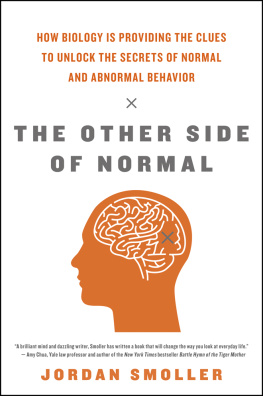Robert I. Simon - Bad Men Do What Good Men Dream: A Forensic Psychiatrist Illuminates the Darker Side of Human Behavior
Here you can read online Robert I. Simon - Bad Men Do What Good Men Dream: A Forensic Psychiatrist Illuminates the Darker Side of Human Behavior full text of the book (entire story) in english for free. Download pdf and epub, get meaning, cover and reviews about this ebook. City: Washington, D.C, year: 2008, publisher: American Psychiatric Pub, genre: Religion. Description of the work, (preface) as well as reviews are available. Best literature library LitArk.com created for fans of good reading and offers a wide selection of genres:
Romance novel
Science fiction
Adventure
Detective
Science
History
Home and family
Prose
Art
Politics
Computer
Non-fiction
Religion
Business
Children
Humor
Choose a favorite category and find really read worthwhile books. Enjoy immersion in the world of imagination, feel the emotions of the characters or learn something new for yourself, make an fascinating discovery.
- Book:Bad Men Do What Good Men Dream: A Forensic Psychiatrist Illuminates the Darker Side of Human Behavior
- Author:
- Publisher:American Psychiatric Pub
- Genre:
- Year:2008
- City:Washington, D.C
- Rating:3 / 5
- Favourites:Add to favourites
- Your mark:
Bad Men Do What Good Men Dream: A Forensic Psychiatrist Illuminates the Darker Side of Human Behavior: summary, description and annotation
We offer to read an annotation, description, summary or preface (depends on what the author of the book "Bad Men Do What Good Men Dream: A Forensic Psychiatrist Illuminates the Darker Side of Human Behavior" wrote himself). If you haven't found the necessary information about the book — write in the comments, we will try to find it.
Robert Simons Bad Men Do What Good Men Dream: A Forensic Psychiatrist Illuminates the Darker Side of Human Behavior is that rare title that is both essential reading for the mental health professional and accessible in style and content to the fascinated lay reader. In twelve powerful and provocative chapters, the author introduces readers to a psychological perspective on evil, character and destiny, as well as the making of good men and women. Simon also illuminates the psychology of psychopaths, serial killers, rapists and all manner of evil characters who appall and challenge us by their very existence. He rejects the common belief that his subjects are monsters with nothing in common with the more normal among us. Simon posits that if we deny our dark side, it can only obscure our understanding of violent offenders and impede our ability to both know ourselves and control our own, at times, unacceptable impulses.The author is among the foremost experts in forensic psychiatry. He is Director of the Program in Psychiatry and Law at Georgetown University School of Medicine. Author or co-author of more than two dozen books and editions, including the foundational Textbook of Forensic Psychiatry, Simon has made important contributions to the field of forensic psychiatry for more than 30 years. He is also an eloquent writer with a dramatic, yet nuanced, narrative style that takes the reader inside the mind of the evildoer.The first edition of this groundbreaking work garnered uniformly superlative reviews and was translated into several languages. This updated version retains Simons engrossing portrayals and keen insight, while offering a number of key enhancements. The highlights include: ? Explorations of the Internet and violence, corporate psychopaths, cyberstalkers, perpetrators of school violence, and a new cast of serial killers, terrorists, and other evildoers.? A psychological perspective on evil, serial killers, and us.? Updates on the neuroscience and genetics of deviant behaviors.? Reflections on empathy, character, and destiny: the making of good men and women.? A new foreword by Thomas G. Gutheil, M.D., Professor of Psychiatry and Co-Founder, Program in Psychiatry and the Law at Harvard Medical School, that illuminates Simons thesis and grounds it in historical context. Graphic but never sensational, unsparing but never cold, Simons writing transcends the theoretical and achieves that most difficult of aims: leading readers to discover, contain, and transform the darkness within us all, to the betterment of our human condition.
Robert I. Simon: author's other books
Who wrote Bad Men Do What Good Men Dream: A Forensic Psychiatrist Illuminates the Darker Side of Human Behavior? Find out the surname, the name of the author of the book and a list of all author's works by series.

